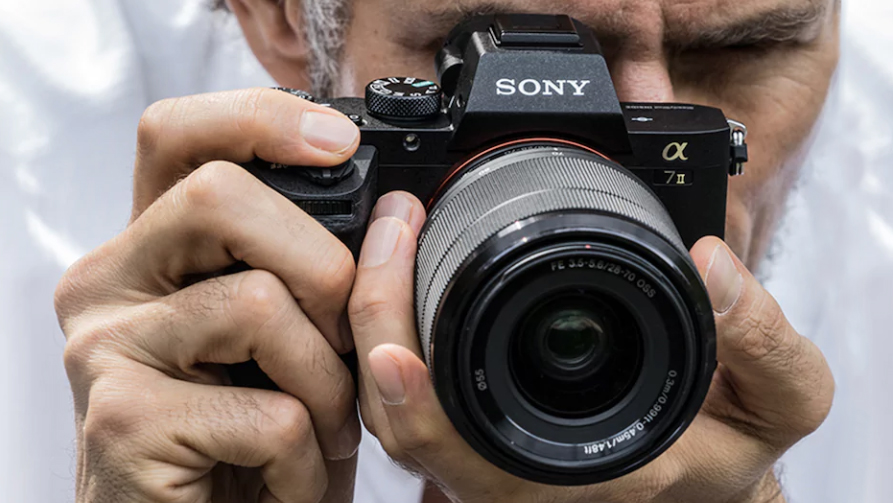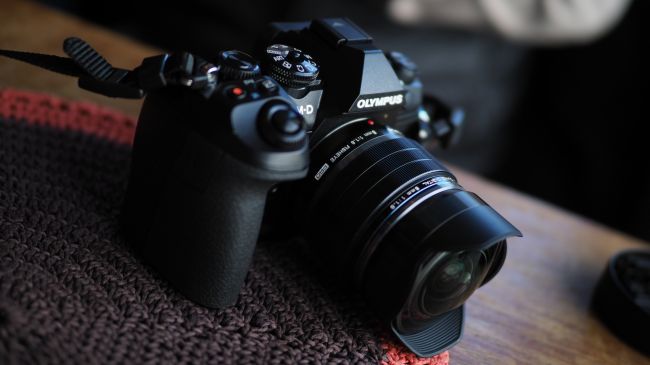Why you can trust TechRadar
Verdict
The X-T3 may appear as a ringer for the X-T2, and anyone used to the series will feel very familiar with the X-T3 brings. That said, a multitude of changes make this a far more powerful camera, and it’s great to see that attention has been placed on core areas and smaller details alike.
The new sensor captures very good detail when used with a good lens, and keeps noise levels low, while the wide-spread of phase-detect AF points across its surface allows subjects travelling anywhere across the frame to be kept in focus. Video quality remains strong, while the upgraded processing system also ensures that the camera remains responsive at all times.
Aside from the issue we encountered with EVF, it’s only really small design and operational quirks that frustrate. It would be good to see the next X-T model have a redesigned grip that would support the camera better when using longer lenses, for example, and a lockable exposure compensation dial.
Overall, while it may currently be one of the priciest APS-C cameras you can buy, Fujifilm has done well to deliver a very well rounded feature set inside a robust body that’s a pleasure to use.
Competition

Sony A7 II
Sony’s second-generation full-frame A7 II can now be picked up for less than the X-T3, which is great if you want to get into full-frame photography and you’re not too fussed about having the very latest tech. This means you miss out on a number of features that the X-T3 offers, such as 4K video, and a number of other features are also cut down, such as the 117-point phase-detect AF system, 5fps burst option and the 2.36million-dot EVF, all of which are beaten by the X-T3. On the other hand, in addition to its full-frame sensor, you have the advantage of sensor-based stabilisation and a significantly wider collection of native lenses, both from Sony and a number of third parties.
Read our in-depth Sony Alpha A7 II review

Olympus OM-D E-M1 Mark II
In the absence of a mark III update to the ageing OM-D E-M5 Mark II, the X-T3 sits far closer to the flagship OM-D E-M1 Mark II than any other camera in Olympus’s current line up. The OM-D E-M1 Mark II certainly has a handful of advantages, such as 60fps burst shooting at full resolution and a hugely effective sensor-based image stabilisation system, although its phase-detect AF system doesn’t cover quite as much of the frame as the X-T3, and its 20MP sensor is looking a little dated now. A chunky grip also means it’s not quite as compact, although this is supports longer and heavier lenses well, and, being a Micro Four thirds model, lens options are plentiful.
Read our in-depth Olympus OM-D E-M1 Mark II review

Panasonic Lumix G9
Panasonic’s photo-oriented flagship model continues to drop in price, and it’s now at a level where anyone considering one of these two will potentially add the other to their shortlist. It matches the X-T3 with its weather sealing, dual card slots and electronic viewfinder resolution, and both models record 4K video too (albeit with different supporting options). While its has a smaller Micro Four Thirds sensor with just 20.3MP, it’s capable of 80MP images in its High Resolution Shot mode, and it also has the added convenience of sensor-based image stabilisation, rather than needing this from the optic. It’s nowhere near as handsome, though.
Read our in-depth Panasonic Lumix G9 review
Sign up for breaking news, reviews, opinion, top tech deals, and more.
